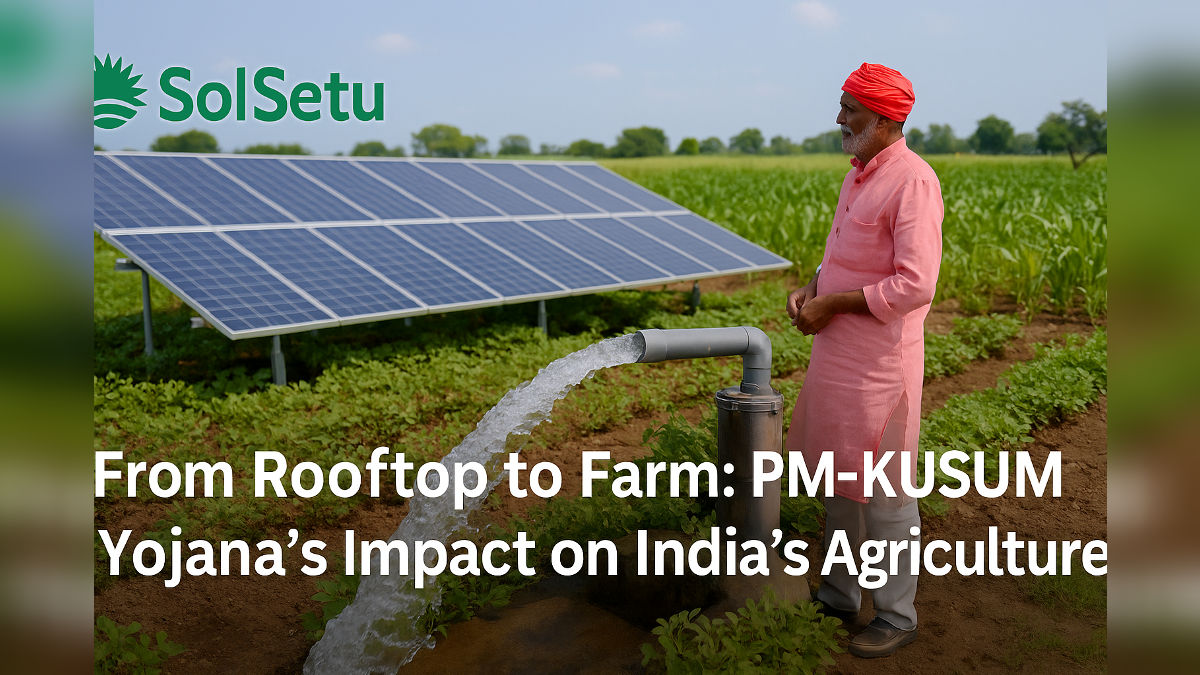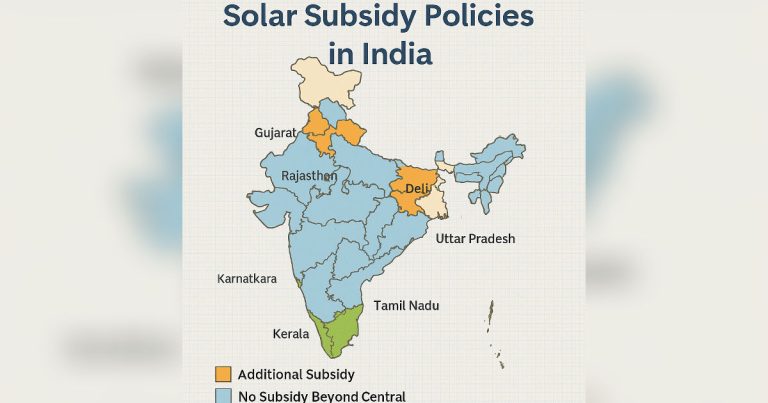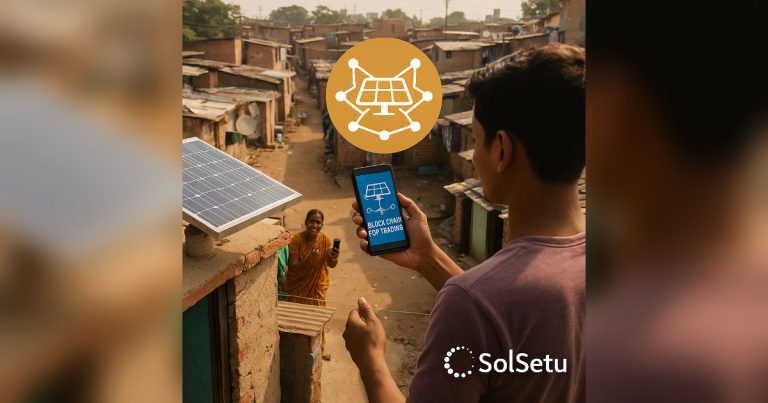From Rooftop to Farm: PM-KUSUM Yojana’s Impact on India’s Agriculture

From Rooftop to Farm: PM-KUSUM Yojana’s Impact on India’s Agriculture

Launched to transform agricultural energy use, PM-KUSUM (Pradhan Mantri Kisan Urja Suraksha evam Utthaan Mahabhiyan) is reshaping how India irrigates, powers farm activities and generates extra revenue for farmers — through decentralized ground-mounted plants, standalone solar pumps and grid-connected solarisation of agricultural pumps. :contentReference[oaicite:0]{index=0}
- Component A: Decentralized ground/stilt-mounted grid-connected solar power plants (target: 10,000 MW under PM-KUSUM overall scheme target). :contentReference[oaicite:1]{index=1}
- Component B: Installation of stand-alone solar agriculture pumps (aimed at electrifying off-grid and unreliable grid areas). :contentReference[oaicite:2]{index=2}
- Component C: Solarisation of existing grid-connected agricultural pumps to reduce diesel usage and deliver daytime renewable power. :contentReference[oaicite:3]{index=3}
MNRE continues to prioritise PM-KUSUM as part of the broader rural renewable push, aiming to add tens of GW through decentralised installations before the 2026 deadline. Recent ministry and government briefings underline extensions, deadline clarifications and coordination with state agencies to accelerate execution. :contentReference[oaicite:4]{index=4}
Important note: The scheme’s implementation dates have been adjusted in recent months to allow states and developers time to sign PPAs and meet technical and ALMM/DCR requirements for subsidy eligibility. States were instructed to ensure PPAs are signed by specified cut-off dates to get central financial assistance. :contentReference[oaicite:5]{index=5}
Andhra Pradesh and Rajasthan illustrate how PM-KUSUM can translate into large-scale, visible agricultural change — Andhra moved to solarise feeders and pump sets rapidly, targeting full solarisation of farm power in accelerated timelines, while Rajasthan has crossed major MW milestones under KUSUM components that have already helped thousands of farmers access daytime electricity. These state actions are being used as implementation models for other states. :contentReference[oaicite:6]{index=6}
Solar pumps reduce diesel dependence, lower recurring fuel costs and — where grid-connected — enable farmers to either use or sell surplus daytime power. MNRE’s financial assistance framework, in combination with state top-ups and concessional lending (via NABARD/SIDBI channels), is improving project bankability for small and marginal farmers. Recent state budgets and budget allocations show growing fiscal support to boost uptake under Component-B and related schemes. :contentReference[oaicite:7]{index=7}
Practical result: farmers with solarised pumps typically see sharp reductions in diesel spend and can plan irrigation in daytime windows — although water management and groundwater concerns must be managed alongside technology adoption. :contentReference[oaicite:8]{index=8}
Companies that bundle solar panels, pumps/inverters, monitoring systems and financing options will find the market most receptive. Developers who can manage PPAs, local approvals and ALMM/DCR compliance are positioned to win large Component-A contracts, while local EPCs and dealers will be critical for Component-B pump rollouts and Component-C solarisation projects. :contentReference[oaicite:9]{index=9}
- Delays in PPA signing and project execution can make projects ineligible for central financial assistance — timely contracting is essential. :contentReference[oaicite:10]{index=10}
- Groundwater over-extraction risk if solar pumps are used without integrated water management plans; policy design must pair solar access with sustainable water use. :contentReference[oaicite:11]{index=11}
- Financing complexity and hardware procurement rules (ALMM/DCR) add compliance overhead for developers and installers. :contentReference[oaicite:12]{index=12}
- Farmers: check PM-KUSUM subsidy eligibility and state SIA portals for application windows and local contact points.
- Vendors/EPCs: prepare ALMM-compliant equipment lists, draft bankable PPA templates, and partner with local co-ops for pump servicing.
- Startups: propose integrated O&M and remote monitoring bundles that help states meet uptime and performance KPIs.






